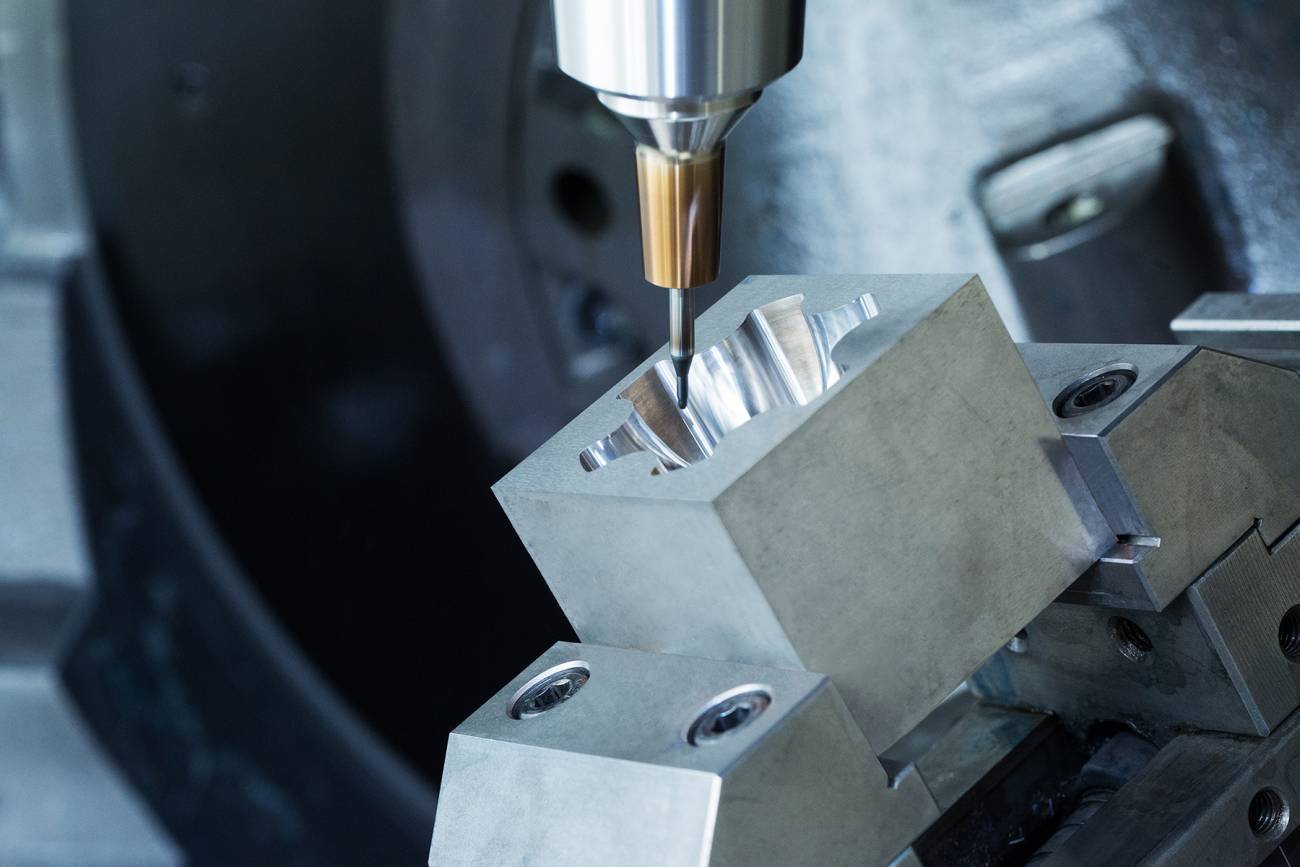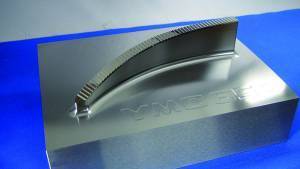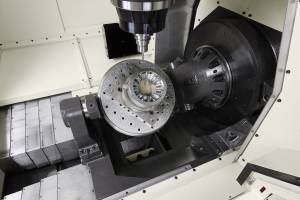How 5-Axis Machine Tools Can Carve the Right Path in Mold Making

Mold manufacturing is an increasingly challenging industry. Whether you have pivoted to supplying the medical industry or a longtime automotive mold/die producer, you have probably seen where the market is heading.
Parts and designs are getting progressively complex. Customers are constantly pushing for shorter production times. Molds require greater degrees of precision and exact surface finishes.
Switching from three- to five-axis machining may be the right solution for your business.
Reducing Your Costs
At first glance, you may have the misconception five-axis machine tools are an exorbitant expense. But once you examine the bottom line, it’s clear they can be a worthwhile investment that will lower your costs.
“With the skilled labor pool continuing to evaporate,” said Kevin Lichtenberg, Yasda Product Manager for Methods Machine Tools, “mold makers are being compelled to adopt automated solutions such as pallet changers and robotic loading.”
Lichtenberg explained that when a part has to be manually repositioned or transferred to another machine for secondary processes, your operational costs rise. “Five-axis machines can reduce that manual intervention,” he said.
Five-axis machines are often capable of producing completed parts in just one or two operations, significantly reducing multiple setups, re-applying fixtures, and manual intervention required with three-axis machining. Every re-application of a fixture increases the chance for error and can also add to the total cost of producing the component.
That’s a common theme when transitioning from three- to five-axis machining, said Ken Corklin, Director of Sales Channels for Methods Machine Tools.
“You may pay more for self-centering vises upfront, but it’s a one-time cost,” he said. “You’re not going to need to buy costly, specialized fixtures later.”
Additionally, Corklin said, the ability to work on five sides increases the amount of time the mold is in the machine, minimizing the chance of human error while reducing production time.
Increasing Precision and Maximizing Efficiency
Three-axis machines can restrict your tool paths, tool choices, and other critical manufacturing elements, ultimately holding you back.
Machining complex shapes, especially in mold-and-die making, can require long tools, tools with extensions, and heat-shrink tools. “One of the main benefits is you get to use shorter tools,” Corklin said, “and of course, shorter tools mean heavier cuts.”
However, you don’t need to machine complex shapes to realize the benefits of five-axis machining. With a more significant number of axis comes a greater number of choices. “You have the ability to work with more tools and more tool paths, regardless of the shape,” he added.
Additionally, five-axis machine tools allow for better relational accuracy. Tool center point control improves the fineness of the workpiece surface while reducing machining time.
More than the Machine
While there are many benefits to five-axis machining, purchasing the machine does not solve your issues instantly. If there is a zero in your code, Corklin explains, you could get a singularity issue causing tool path calculation issues.
“When you’re completing a five-axis tool path, and it sees a zero in your program, it’s doing a mathematical formula,” he said. “When it does that formula and sees that zero, it’s got 360 degrees to make a determination which way it’s going to go to get to that next point, sometimes that puts you out of control.”
In this scenario, that singularity issue could create a dwell mark; however, it could also gouge your part.
Computer-aided manufacturing (CAM) systems can help resolve these issues. “Your CAM software verifies your tool path. It doesn’t verify your machine motion,” Corklin elaborated.
There are no downsides to switching from three- to five-axis machines. There are, however, some variables you need to consider before making the jump. What are you trying to accomplish? What type of machine could work for you? What are your specific needs?
With the right knowledge, support, and services, five-axis machine tools can help you excel rather than get by. “Five-axis tool paths are a great tool to have in your tool bag when you’re a mold maker,” Corklin said. “Hands down.”

